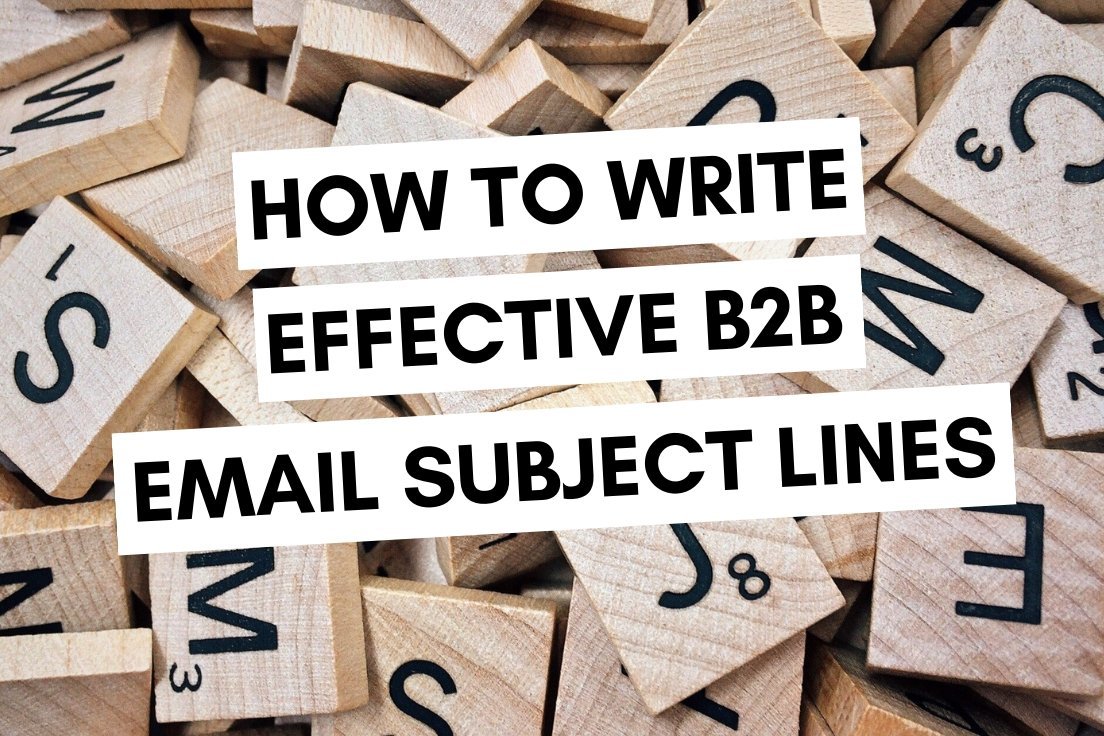
How to Write Effective B2B Email Subject Lines
Do you want better results from your email marketing?
Emails are the ideal way to reach your audience compared to other marketing.
But to work, they have to be opened.
And over a third of people choose whether to open an email from just the subject line. So if you want your email to be read, your subject line is key.
Because otherwise even the best email will be ignored. Or worse, marked as spam.
But there are many ways you can appeal to the person behind the inbox.
Let’s see how:
Know Your Audience
What’s in it for me?
That’s the thought going through your reader’s mind when they see your email in their inbox.
So you have to start with a clear view of your reader.
Who are you writing to?
Regardless of whether your email is to an existing client, a potential client or another business contact you need to know what matters to them.
Ultimately, the best email subject lines are those that relate to what the reader is most interested in, excited in or worried about.
If you can tap into that, your email stands the best chance of being opened.
10 Smart Ways to Write an Email Subject Line
A great email subject line has many ingredients.
So each subject line you write should use a few different tactics.
But you won’t be able to include all of them for every email. And not all of them will work with the content of your email.
A good way to start is to brainstorm ideas using each of these methods:
1) Write a Short Summary of Your Email
Keep it short.
You’ve got a small space to fit your subject line into particularly on mobile devices.
So you want to keep your subject line to between 30 and 60 characters.
The basic subject line tells the reader what the email is going to say.
It’s like the label on a box.
These tend to work best for transactional rather than marketing emails. Because you want to be clear to the reader what’s inside. So this often works with an order or an invoice.
The key with a summary is to avoid disappointment for your reader. The content of your email has to live up to the promise that was set with the subject line. Otherwise, the reader may feel misled.
2) Keep it Personal
A personal subject line is one of the foundations of a great email.
Because emails work best when they read like they’ve been written by a person and not a company committee.
So, what makes a subject line personal?
The language and the tone.
Imagine you’re writing to a client of yours who you know well. You wouldn’t use a stuffy tone or formal language. You’d keep it light, clear and friendly.
You can be personal and professional at the same time.
So use words with fewer syllables. Avoid jargon or acronyms. And remove the unnecessary words.
The other part of making your subject line personal is to use the words “You” and “Your”.
This helps your reader feel that you’re writing personally to them.
And they help to keep a conversational tone.
3) Make Your Reader Curious
Curiosity is key when it comes to email subject lines.
When you tease a reader with the subject line you’re tapping into a basic human instinct. It’s their curiosity that’ll push them to open your email.
How do you make your reader curious?
Well, the most common way is to ask an open question. Your reader has to open the email to find out the answer to the question.
Or you can ask a question to which the reader would answer “Yes”. Then they’re tempted to open your email to see what else they might agree with.
This makes use of Cialdini’s persuasion principle of consistency. Because people like to be consistent with their previous actions.
In this case, answering “Yes” to the question in the subject line and then opening the email.
Given this, you’ll want to avoid questions to which your reader is likely to answer “No”.
As writing coach Henneke Duistermaat says:
“A question is more persuasive than a statement—only if the listener or reader agrees with you, so choose your questions carefully.”
An alternative use of curiosity is with a single word.
How?
One word on its own can pique the reader’s curiosity.
E.g. “Sorry”
This is persuasive as the reader wants to know what you’re going to apologise for.
E.g. “Today”
This is effective when you send a series of emails in the run-up to an event or a deadline. Because the single word can be enough to remind them on the day. You don’t have to repeat information they’ve already seen.
4) Tell them about your Free Offer
Offers are often at the heart of an email campaign.
Emails are a powerful way to get your offer in front of your readers and so it makes sense to state your offer in the email subject line to attract their interest.
Also, you can use keywords to make your offer email subject line stand out.
- Free
- Save
- Now
- Discount
- Reduction
- Sale
- 50% Off
When the reader wants to know what’s in it for them. And you want to give them something. That’s the start of a winning email.
5) Add Some Urgency
Emails with a deadline have urgency built in.
So use it in your subject line.
Your readers are pressed for time so a deadline helps your emails to stand out. And the Fear of Missing Out encourages the reader to open your email before it’s too late.
Source: Sumo.com
Earlier you saw the example of “Today” which is another use of urgency.
In addition, you can include a specific date
Or a number of day or hours remaining
A similar technique to urgency is scarcity:
6) Sprinkle in some Scarcity
This also plays on the Fear of Missing Out.
You’re going to persuade the reader that they need to take your offer before it runs out.
Because their concern is that there won’t be enough for everyone.
If you mention that there are only a limited number of places then you encourage the reader to want one of those places.
And keywords you can use to emphasise scarcity include:
- Only
- Limited
- Last
- Few
- Left
7) Think of a Number
Numbers have a way to catch your eye when they’re as numerals, not text.
So numbers can help your subject lines to be specific which helps your emails to be seen. And the use of specific figures in your subject line can improve your open rate.
8) Talk about News or an Event
When 86% of professionals prefer to use email for business communications.
It’s no surprise that 83% of B2B marketers make use of email newsletters to keep in touch with them.
Your emails can share industry changes or news about future events. This delivers value to your audience who might otherwise have missed it. So mention this in your email subject line.
Often this tactic makes use of the other principles such as a deadline or by mentioning a local place.
9) Make it Local
Another way to use words that readers eyes will be drawn to is with the mention of local places.
However, this also helps your email stand out in their inbox.
Even in the digital world, people still like to know about information that relates to where they are. It’s another way to personalise an email.
10) Start with a Story
Everyone loves a story.
The reason stories have been around for so long is because they work.
You can pass on information, messages and meaning using simple language which pulls people in.
The desire to know what happens at the end of the story is the psychological hook for books, films and emails.
How do you tell a story in your email subject line?
As space is limited in subject lines it’s tricky to tell the whole story there.
But, you don’t have to.
That’s because you can use storytelling along with curiosity. So your subject line is just the start of a story.
Examples of phrases that you can use in a storytelling subject line are:
- Have you heard about …?
- In the beginning
- I used to be xxx
- The story of …
Bring it all Together
Try it and Test it
When you’ve written several subject lines, how do you know what will work best?
If they use the methods we’ve been through. Then you need to try them out but also measure how effective they are.
Your email marketing software will have the option to run A/B tests. These let you send the same email to two different parts of your audience, each with a different subject line.
As a result, you can use these tests to see which subject lines work best with your audience.
In Summary
Emails are key to building your business.
But your emails will go to waste if they’re not read. That’s why it pays to take the time to craft your email subject line.
And it is a craft.
You’ll have different ideas. Sometimes it’s right to use curiosity. For other topics, urgency will fit better. Try out different methods to discover what works best for you.
However, keep it personal and focus on what matters to your reader. Because the subject line is your tool to connect with your audience.
So start your emails with an effective subject line. And your audience will read them.

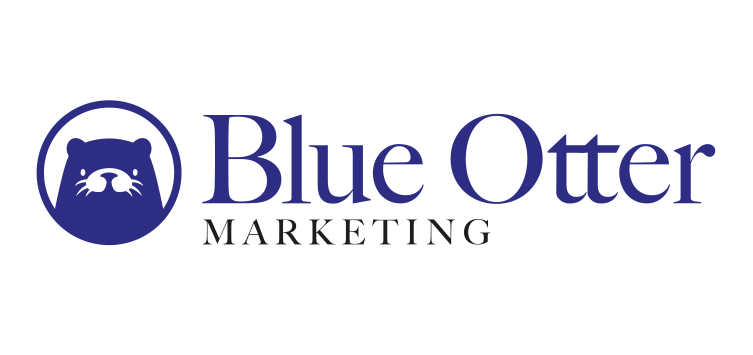
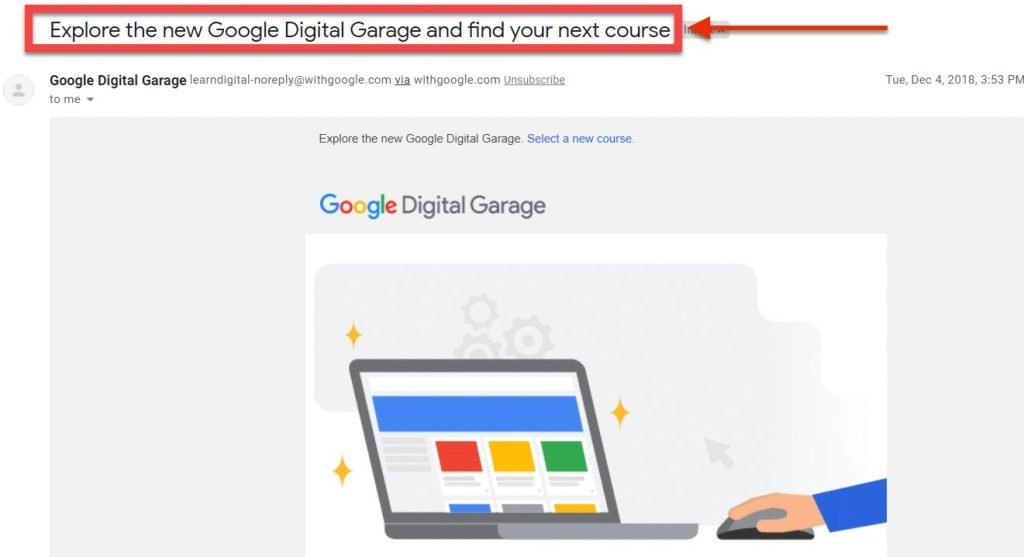


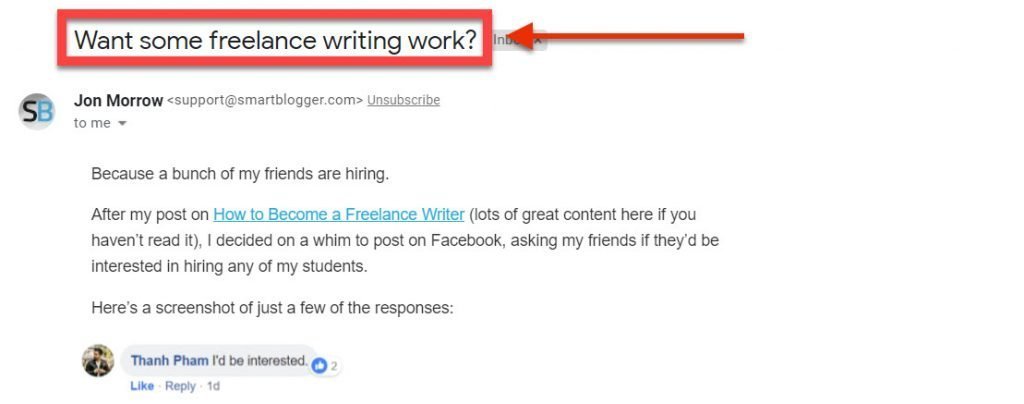

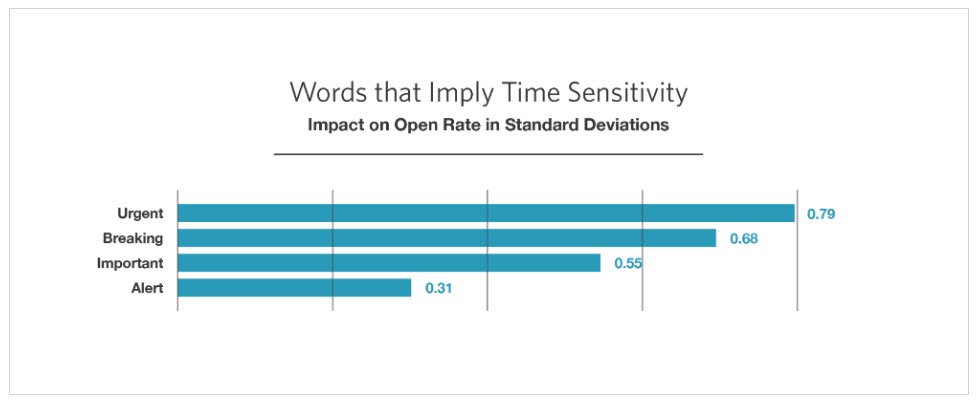








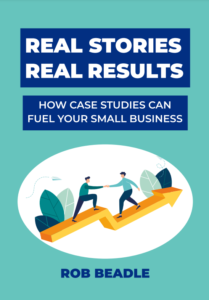

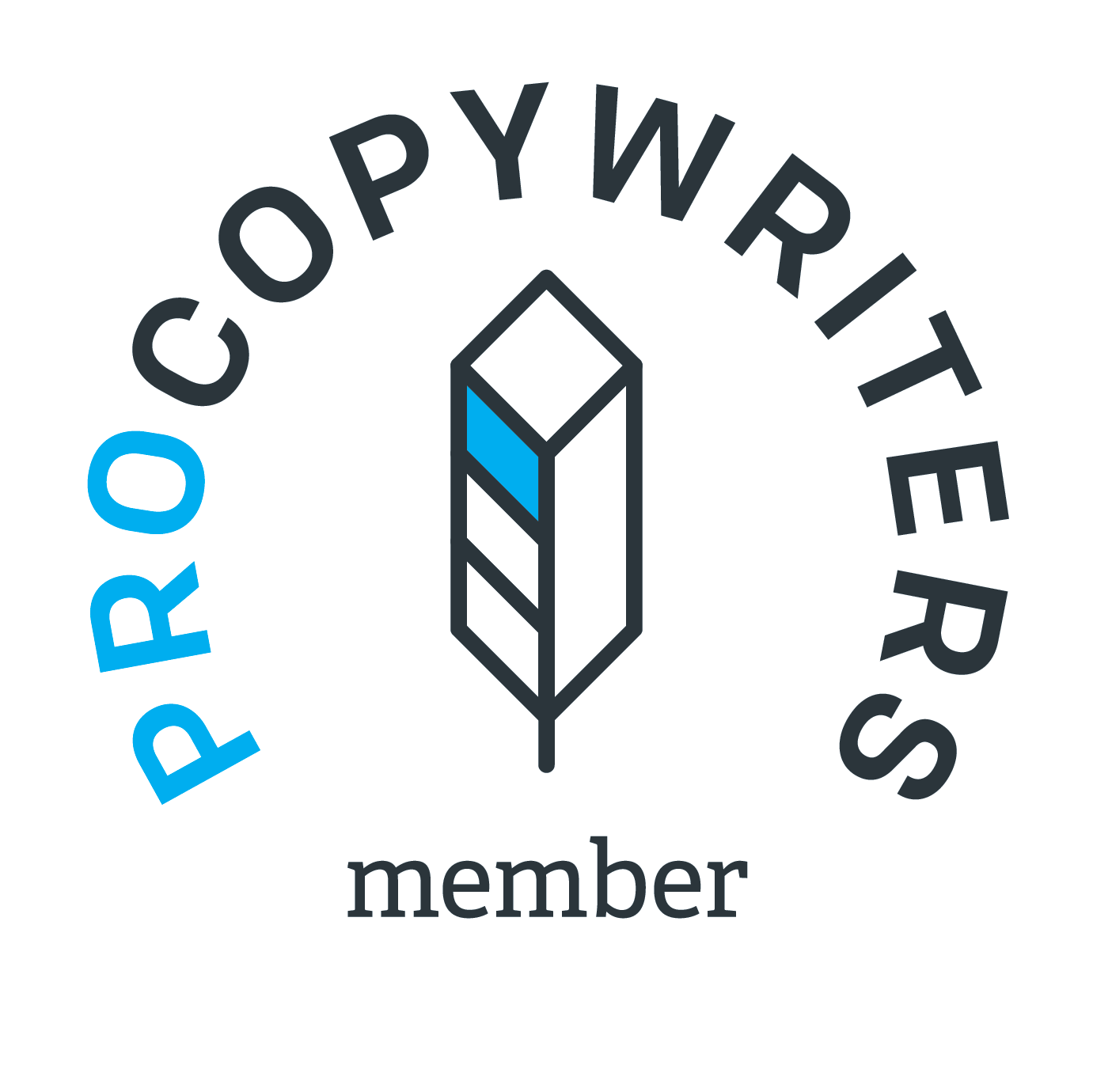
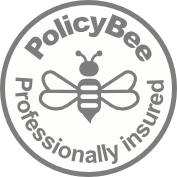
0 Comments